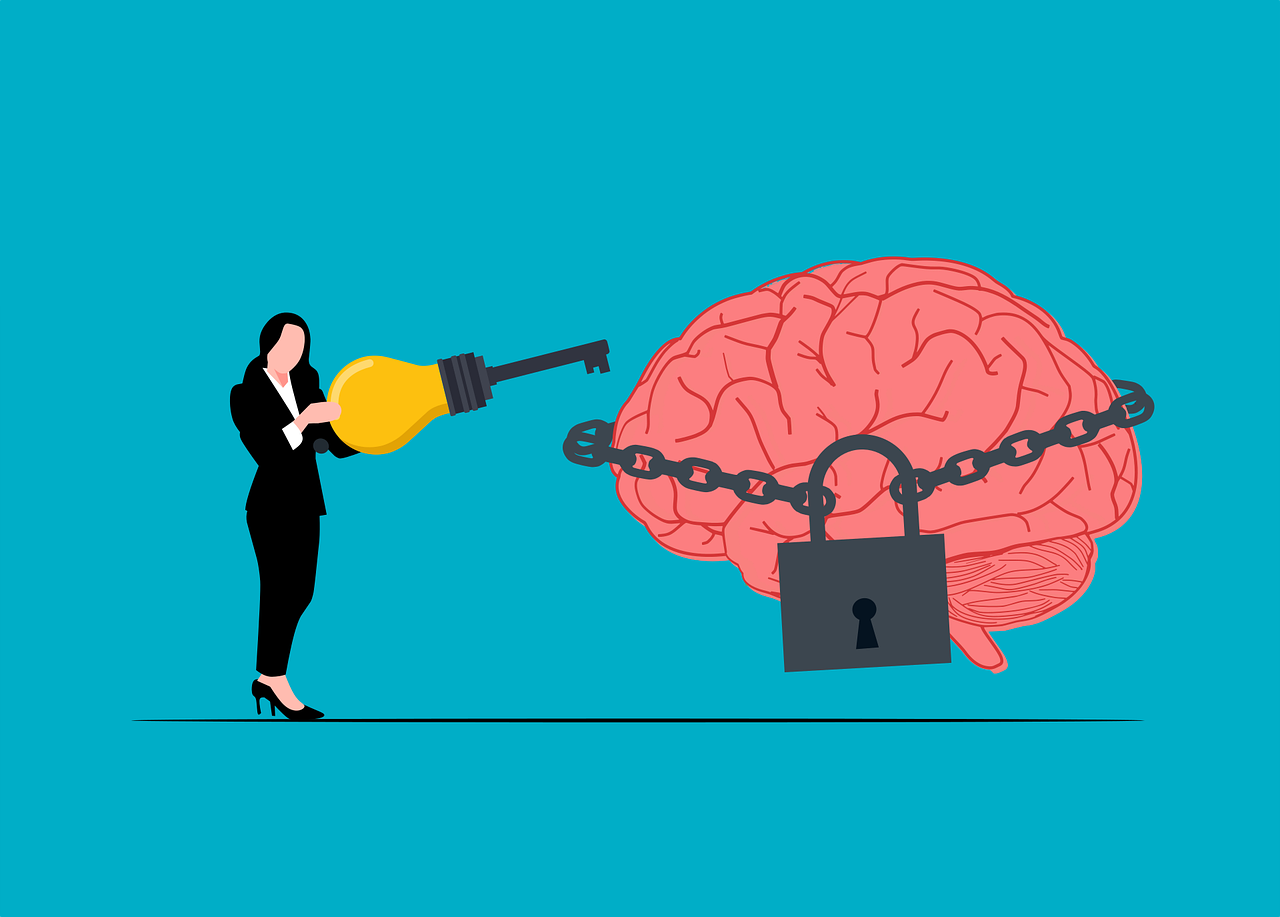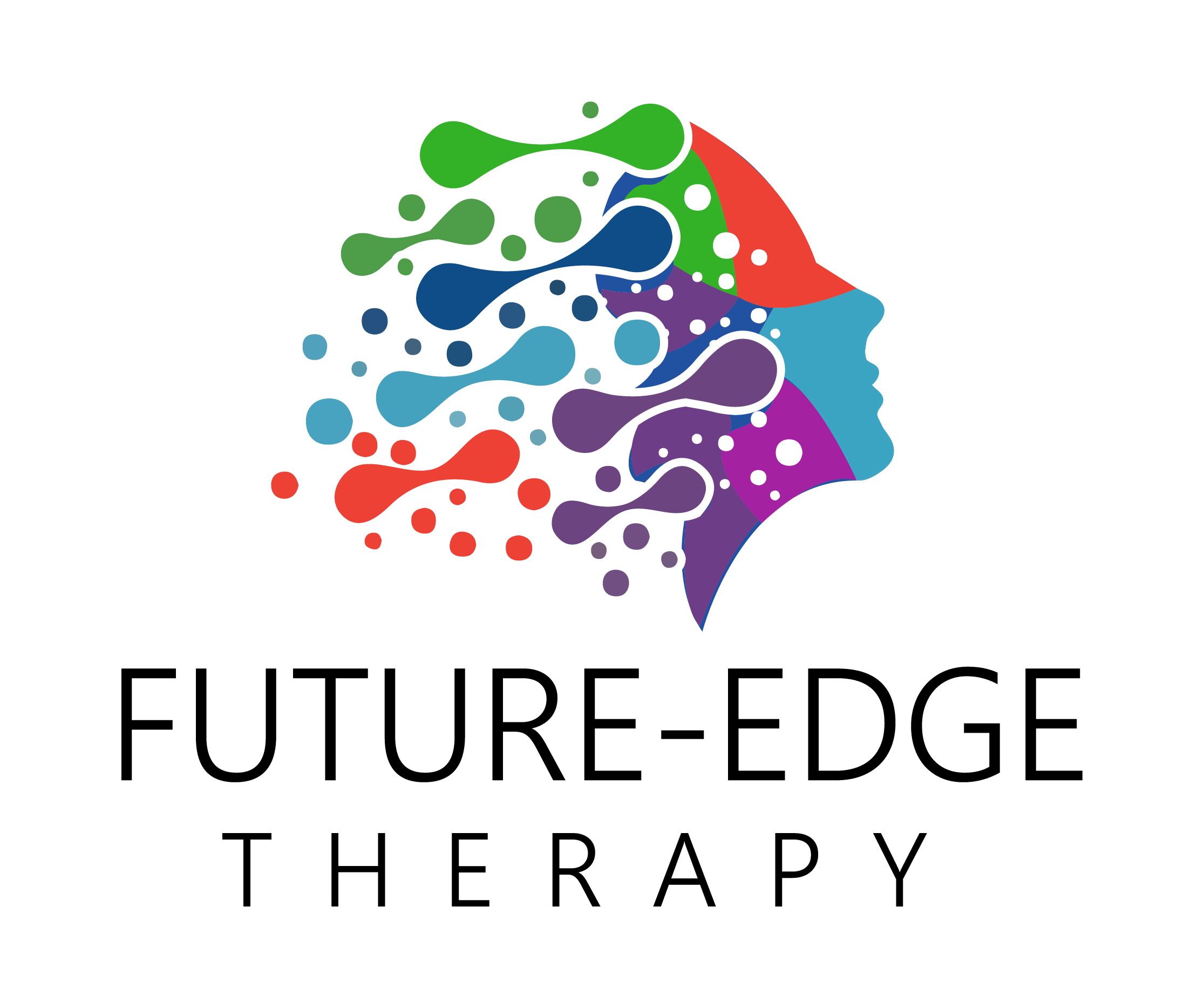
11 Jan What is EMDR Therapy?
EMDR therapy is a type of psychotherapy treatment used to alleviate the stress associated with traumatic memories. It is structured to encourage patients to briefly focus on traumatic memories while simultaneously experiencing bilateral stimulation (typically eye movement). It involves 8 phases of treatment and when it is successful, gives the patient insight from their own emotional processes.
It is often thought that it takes a long time to heal from severe emotional pain. However,
EMDR has shown to provide patients the benefits of psychotherapy, but in a much smaller time frame. This type of therapy has shown that the brain can heal from psychological trauma as much as the body recovers from physical trauma. Just as your body works to heal a wound on your hand, EMDR therapy demonstrates a similar process, just mentally. If a disturbing event prevents the brain from emotional recovery, it can cause suffering. EMDR therapy helps to remove this block and allow healing to resume.
EMDR therapy typically uses eye movement desensitisation and reprocessing. After selecting a memory to target, the patient is asked to hold different aspects of that event or thought in mind and follow the therapist’s hand with their eyes as it moves back and forth across the patient’s field of vision. It is believed that this is connected with the biological mechanisms involved in rapid eye movement (REM) sleep. This helps the client to begin processing the memory and disturbed feelings.
Over 100,000 clinicians across the globe use EMDR therapy and over 33 years, it has helped millions of people recover from traumatic experiences.
What Are The 8 Phases of EMDR Therapy?
EMDR therapy combines different elements to maximise treatment effectiveness. It involves looking at the past, present and future, all of which are addressed in the 8 phases.
Phase 1
The treatment begins with an assessment of the patient’s readiness and a treatment plan is developed. It is necessary to identify possible targets for EMDR processing, these may include distressing memories, current situations causing emotional distress and related past incidents.
An emphasis is placed on developing specific skills and behaviours that the patient will need in future situations. This phase generally provides insights into clients’ situations, the emotional distress resolves and starts to change their behaviours.
Phase 2
Phase 2 ensures that the patient has several different ways of handling the emotional distress. For example, the patient will be taught a variety of imagery and stress reduction techniques to use during and between sessions. For EMDR treatment to work quickly and effectively, the client needs to maintain balance between and during sessions.
Phase 3 to 6
In these phases, EMDR therapy procedures are used to process identified targets. The client will identify three things:
- The vivid visual image related to the memory
- A negative belief about self
- Related emotions and body sensations
The client will also identify a positive belief and with help, the patient rates the positive belief as well as the intensity of the negative emotions. The client focuses on the image, negative thought and body sensations while simultaneously engaging in bilateral stimulation (e.g. eye movements, taps or tones). The client is also asked to notice anything that happens spontaneously.
After each stimulation, the client is instructed to let their mind go blank and notice whatever thought, feeling, image, memory or sensation comes to mind. The therapist will then choose the next focus of attention depending on the report.
Directed focus is repeated throughout the session, if this becomes distressing or difficult for the client to process, established procedures are followed to help. Once the client reports there is no distress related to the memory, they are asked to think of the positive belief identified at the start of the sessions.
Phase 7
The closing phases of the therapy. The client is asked to keep a log during the week and document any related material that may arise. It is important as it reminds the client of the self calming activities that were mastered in phase two.
Phase 8
In this stage any progress made is examined.
How Does EMDR Therapy Work?
When we experience traumatic events, our brains have a natural way of recovering. Most of the time, our brain is able to manage and resolve these traumatic experiences spontaneously. However, some experiences may need help to be processed. When there is distress caused by disturbing events, the upsetting images, thoughts and emotions can cause an overwhelming feeling. EMDR helps the brain to process these memories, which in turn allows normal healing to resume.
Is EMDR A Form Of Hypnosis?
EMDR and hypnosis may seem similar but they are very different. Both can be very effective types of therapy, depending on the variety of factors unique to each therapist and patient. There are a few key differences between EMDR therapy and hypnosis:
- EMDR attempts to connect with the anxious mental state, whereas hypnosis involves tapping into the conscious mind through a state of mental relaxation.
- EMDR does not induce the trance-like state associated with hypnosis. EMDR works by honing in on emotions and sensations.
- EMDR therapy allows you to maintain dual focus. While you deal with your problematic memories, you also address your beliefs in a more positive manner.
What Can EMDR Therapy Be Used For?
EMDR therapy is best known for being used to treat trauma or post-traumatic stress disorder (PTSD). However, it can (and is) used for a range of mental health difficulties. EMDR can help children and adults of all ages and for a wide range of challenges such as:
- Anxiety, panic attacks and phobias
- Chronic illness and medical issues
- Depression and Bi polar disorders
- Eating disorders
- Performance anxiety
- Personality disorders
- Many others
Future Edge Therapy
If you would like to find out more about EMDR therapy, Future Edge Therapy can help. We work with a range of people and businesses in Bedford, Milton Keynes, Northampton and beyond. With over 25 years of experience as trauma therapists, we know what it takes to help people get their lives back on track. Contact us on 07970 011235 or fill out our online contact form.
 7 ways to combat anxiety - Free ebook
7 ways to combat anxiety - Free ebook

